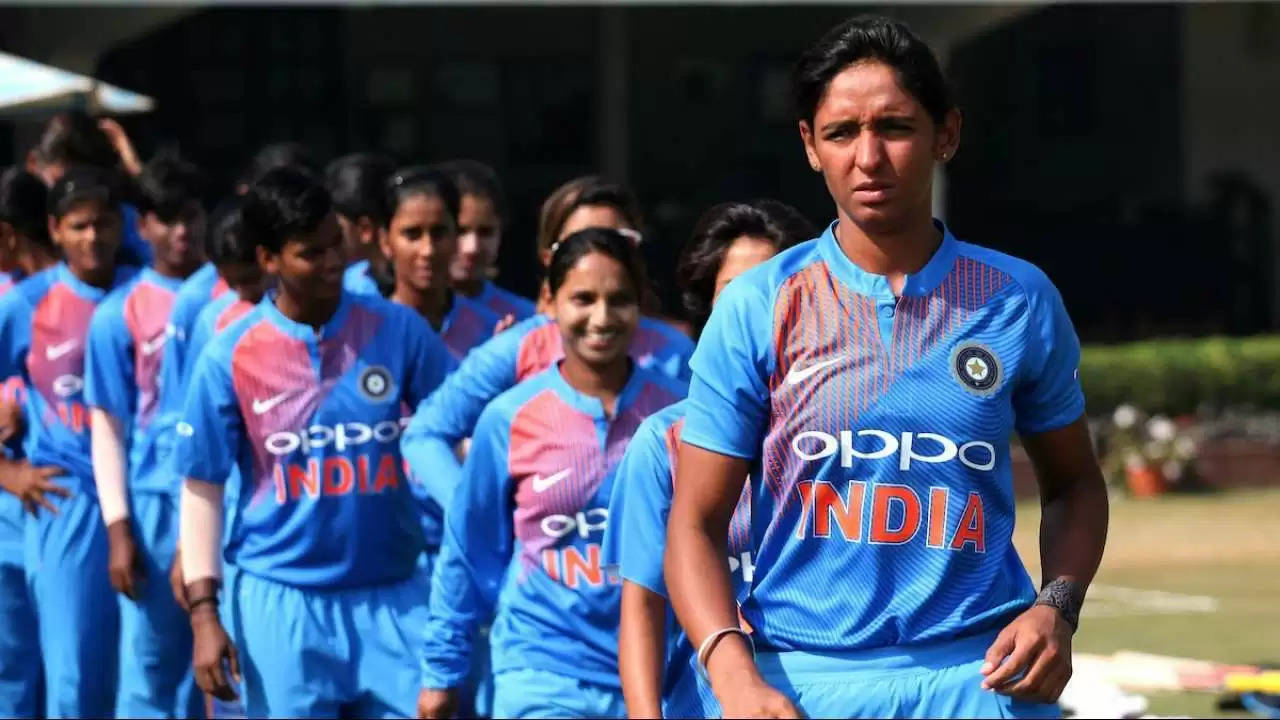ICC Women’s T20 World Cup 2020: Areas of concern India need to address ahead of the final against Australia

Dreams do not become destiny overnight. Especially, if the dream is as big as winning a World Cup for the country, it sure is not a destiny without the effort and dedication that the dream demands. Both Veda Krishnamurthy and Indian captain Harmanpreet Kaur said that they are strong believers of destiny. They believe that India playing the final against the host Australia in front 80,000 fans in a packed Melbourne Cricket Ground is destined.
Maybe. Maybe it is not just that. The women-in-blue and their team management has ticked a lot of boxes along the way as the tournament progressed.
However, in hindsight, there are a few areas of concern they would like to take a look ahead of their clash against the defending champions.

Restricting Healey-Mooney duo
In the lead-up to the tournament, Alyssa Healey was not performing up to her standards. In the T20 tri-series featuring India and England, Healey scored 15 runs in four innings
However, in the inaugural match against India, the Australian wicketkeeper was at her best with a 35 ball 51. She is second leading runscorer for them with a couple of half-centuries at a strike rate of 143.75. Despite striking at a rate lesser than her partner, Beth Mooney has been scoring consistently in this tournament.
The duo is known for going berserk in the batting powerplay, setting it up for their captain Meg Lanning to take it forward. The Indian contingent would be aware of it, and they could try and restrict the Australian openers rather than attacking too much and ending up with an expensive bowling powerplay.
The ‘Poonam’ factor
Poonam Yadav has been the superstar for India in this World Cup. On multiple occasions, they were not able to convert the starts given by Shafali Verma and scratched their way to a sub-par total.
Every time, Poonam has come to their rescue. The leg-spinner is the leading wicket-taker in the tournament with nine wickets at a mean economy rate of 5.56.
Also Read: ICC Women’s T20 World Cup: Veda Krishnamurthy believes destiny favours India
The Indian team management a couple of times have introduced Poonam earlier than required depending on how the powerplay goes.
In the first two matches, when they gave away less than six runs per over in the powerplay, Poonam was introduced only in the tenth over. However, against New Zealand and Sri Lanka, she was introduced right after the powerplay.
Though they have managed not to lose a game, the move on a big final is not worth the risk. Against a team like Australia, who bat deep, the four overs of Poonam is very crucial. India would want to have a quite powerplay and keep Poonam for the second half of the innings. If she is bowled out without much of a return, then it might be difficult for Kaur and Co to get through the remaining overs. Though they have managed not to lose a game, the move on a big final is not worth the risk.
Difference in approach: Pace v Spin
The Australian team chose not to replace Ellyse Perry despite her unavailability for the rest of the tournament. Perry’s absence on the field is crucial for them, more with the ball than with the bat.
She has been their go-to bowler along with Megan Schutt. In her absence, Australia has brought in a slow left-arm spinner Sophie Molineux into the eleven.
The Indian batters, especially Shafali, has been attacking all-out in the powerplay. Others, however, have been cautious against the pace bowlers, trying to milk runs against the spinners.
Being too cautious against the Pacers could backfire, especially in a T20 World Cup final. They should be wary of the Australian spinners Sophie and Jess Jonassen and try not to gift their wickets against them.
Middle-order woes
Like Poonam with the ball, Shafali has been the star with the bat. The 16-year-old has claimed the top spot in T20I batting rankings. She has scored 161 runs in four innings at a strike rate of 162, the highest in the tournament. The Indian team should approach the final in the way they have played so far.
The lack of runs from Smriti Mandhana and Harmanpreet Kaur has not hurt them so far. However, one would want them to do well on the big day. Their failure has contributed to the crumble of middle-order featuring Jemimah Rodriguez and Veda Krishnamurthy. The duo capable of rotating the strike has been found guilty of attacking too much and getting out on a couple of occasions. The Indian management might want to look at the approach between overs 6-16, without changing the way they bat in the powerplay.
A chance to rewrite history
Playing after a long break of eight days, Harmanpreet Kaur would be leading her team into the final of a World Cup for the first time. After having a rather quiet tournament, she would want to change her fortunes in the final.
On her 31st birthday, she would like to rewrite the history of women’s cricket in India. If she does, the win could impact the role of women in cricket, like the T20 World Cup win by MS Dhoni in 2007 did for the format itself.
However, it cannot be just destiny. Because winning a world cup is crazy.
And crazy dreams take crazy effort.

